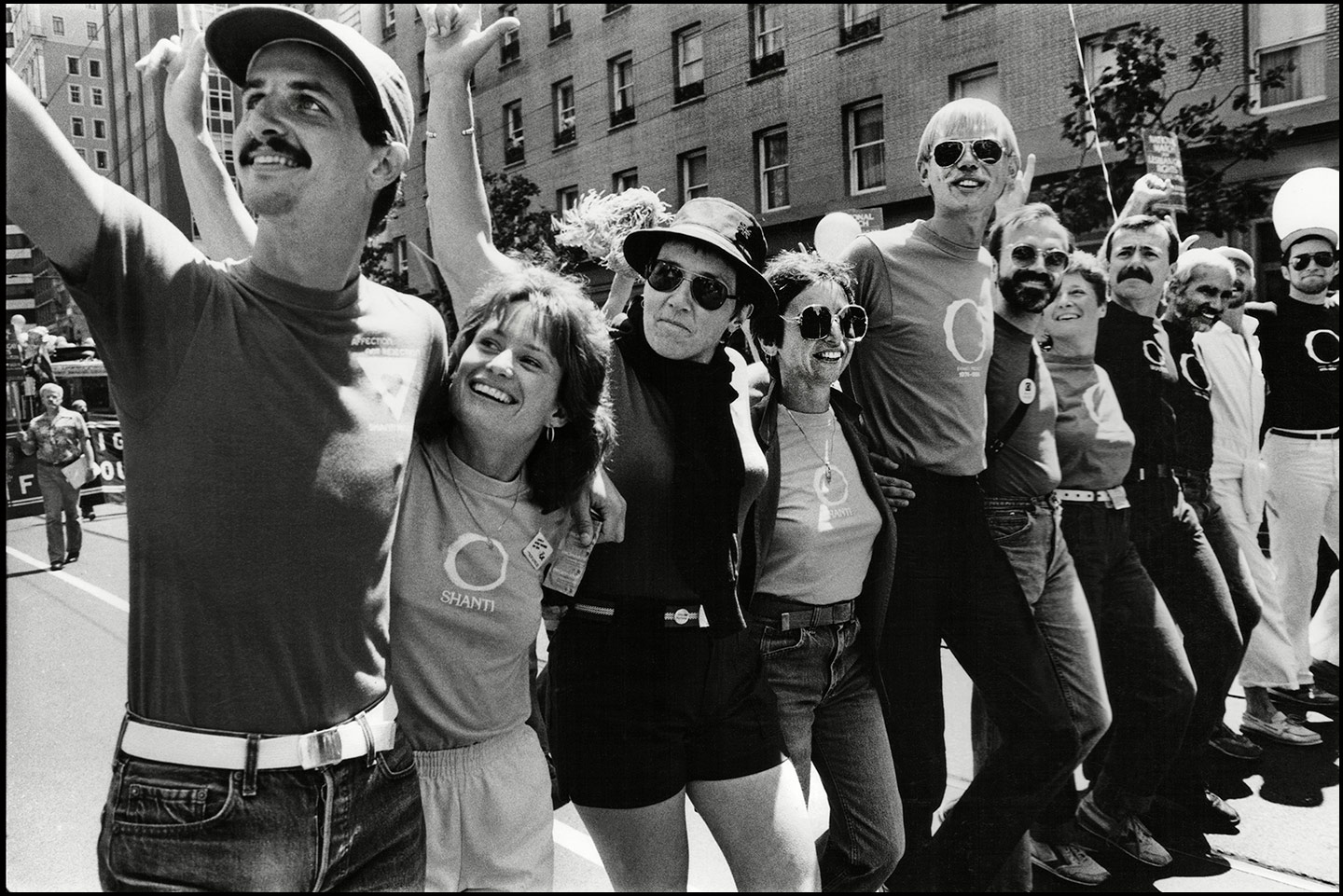Shanti: A Sanskrit word that translates to inner peace; or rather “the peace that surpasses all understanding.”
Shanti Projects is an online exhibit documenting the work that Shanti Project performed during the early decades of the AIDS epidemic in San Francisco. Since 1974, Shanti has provided psychosocial peer support counseling to people with life-threatening illnesses and their loved ones in the San Francisco Bay Area of California. During the early years of the AIDS crisis, Shanti rose to the challenge by creating groundbreaking services for people living with AIDS/HIV. For much of the 1980s and 1990s Shanti was one of the largest AIDS organizations in the U.S. The plurality of the exhibit’s title reflects the vast array of people’s experiences at Shanti during that time period, as well as those who work with Shanti today.
As the AIDS crisis grew to epidemic proportions, hundreds of people came to Shanti to do something about the growing numbers of people they knew who were sick or dying. People with AIDS/HIV sought out Shanti for emotional support, a shoulder to cry on, a person to rage with, to have someone visit them in the hospital, to help them do their dishes, drive them to appointments, to meet other people with AIDS, to find housing. Many of the things listed seem small but ask anyone who has been incapacitated by illness, or someone whose lover or friend or parent has been ill; assistance with those tasks is no small feat. These small acts often were the gateway for personal growth for Shanti clients, volunteers, and staff. Those moments also served as a gateway for potential social transformation.
Home Page Image: Shanti Project Contingent of Gay and Lesbian Freedom Day, 1984. (From Left to Right: Unknown, Holly Smith, Unknown, Unknown, Dale Hansen, Eric Shifler, Flo Elyon, Michael Brennan, Unknown, Unknown, Unknown.) Photograph by Saul Bromberger/Sandra Hoover. Used with permission.











































































































































































































